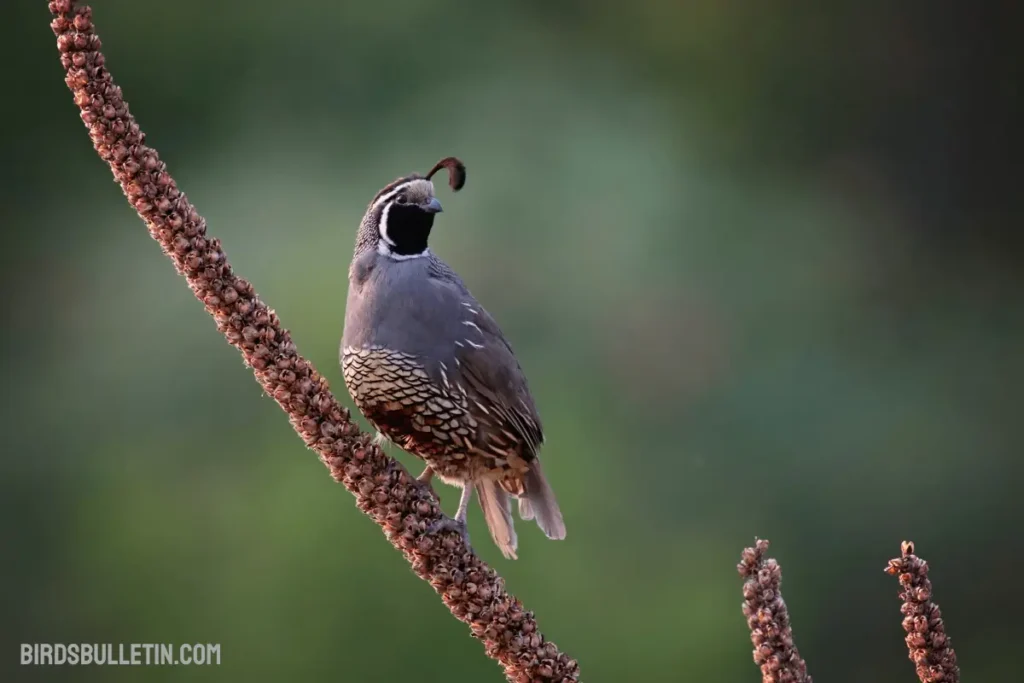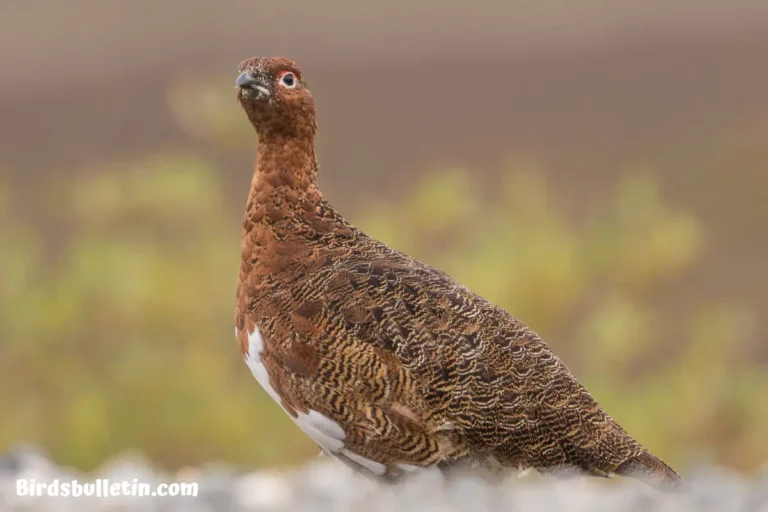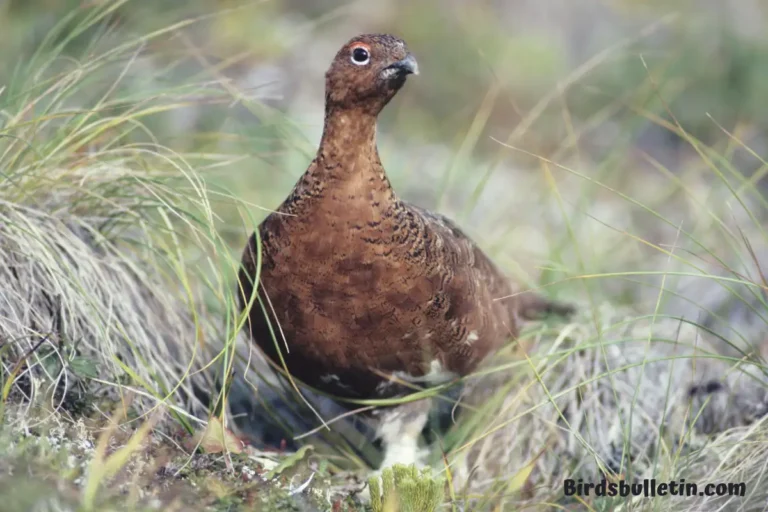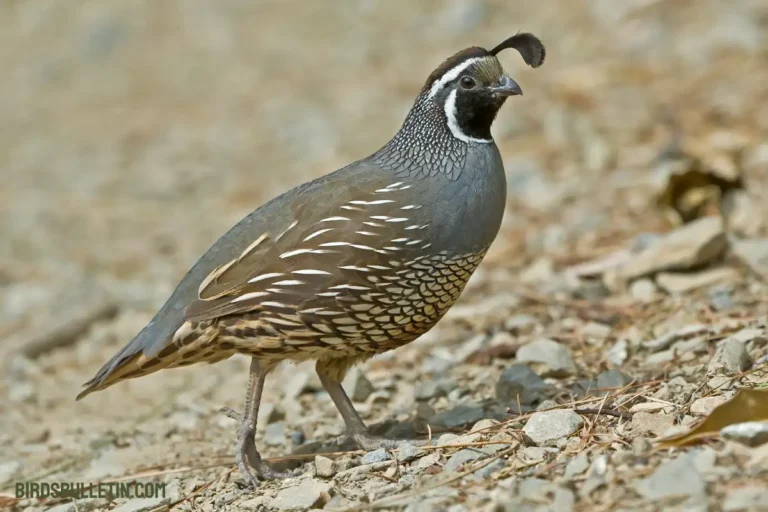Callipepla Californica Orecta
This verity known as the Warner Valley quail, is a subspecies (Californica quail) inhabiting the Warner Valley spanning the Oregon-California border.
First described in 1932, it is adapted to the high-elevation shrub-steppe habitat of this intermountain region. Though locally common, its limited range makes it vulnerable to habitat degradation.
Looking for more overview about bird subspecies:
Scientific Classification
- Kingdom: Animalia
- Phylum: Chordata
- Class: Aves
- Order: Galliformes
- Family: Odontophoridae
- Genus: Callipepla
- Species: Californica
- Subspecies: Orecta (Oberholser, 1932)
Identification
C. c. orecta exhibits unique physical characteristics that distinguish it within the California quail family. While retaining the general attributes of a plump body and a distinct crest, this subspecies displays specific coloration patterns and markings.

Observant birdwatchers often notice subtle differences, making it identifiable from other California quail subspecies.
Location
The Warner Valley quail is exclusively found in the region stretching from Warner Valley in Oregon to extreme northern California. Its adaptation to diverse habitats, ranging from woodlands to chaparral, showcases the species’ ability to thrive in varied environments, contributing to the biodiversity of the region.
Interesting Facts
- Callipepla Californica orecta displays intriguing social behaviors, forming coveys for protection against predators and enhancing their foraging activities.
- These quails exhibit remarkable adaptability, thriving in habitats with varying degrees of vegetation and climatic conditions, demonstrating their resilience to changing environments.
- The subspecies’ specific vocalizations contribute to the rich acoustic environment of the Warner Valley, serving as unique markers of their presence in the region.
Status
While precise population figures are challenging to determine, Callipepla Californica orecta faces threats such as habitat degradation, climate change, and potential predation. Some habitat degradation is due to livestock grazing and agriculture. Listed as Near Threatened by the IUCN Red List.
Conservation of Natural Habitat
Threats include conversion of sagebrush for agriculture, overgrazing, and habitat fragmentation. Protecting intact shrublands and wet meadows is key. Managing land for suitable vegetation and limiting grazing are important conservation measures. Monitoring populations will also help detect any declines.
Frequently Asked Questions
01. How do Warner Valley quails adapt to diverse climatic conditions in their habitat?
Callipepla Californica orecta exhibits remarkable adaptability, adjusting their behaviors and foraging patterns based on the varying vegetation and climatic conditions within their habitat, ensuring their survival in diverse environments.
02. What are the primary threats to the Warner Valley quail population?
Habitat degradation, climate change, and potential predation pose significant threats to Callipepla Californica orecta. Conservation efforts focus on mitigating these challenges to ensure the subspecies’ survival.
03. Are there specific conservation programs dedicated to preserving the Warner Valley quail’s habitat?
There are ongoing conservation programs focused on habitat restoration, sustainable land use, and community education in the Warner Valley region, aimed at preserving the unique ecosystems vital for the Callipepla Californica orecta’s survival.
Summary
The Warner Valley quail is a unique subspecies found only in the intermountain Warner Valley along the Oregon-California border. Its specialized high-elevation habitat and small population size make it vulnerable to decline.
Conservation efforts focused on habitat protection and restoration, as well as population monitoring, are needed to ensure the long-term survival of this quail. Maintaining connectivity between suitable habitats will facilitate its persistence in this region.







